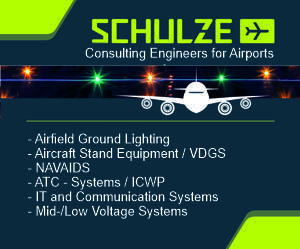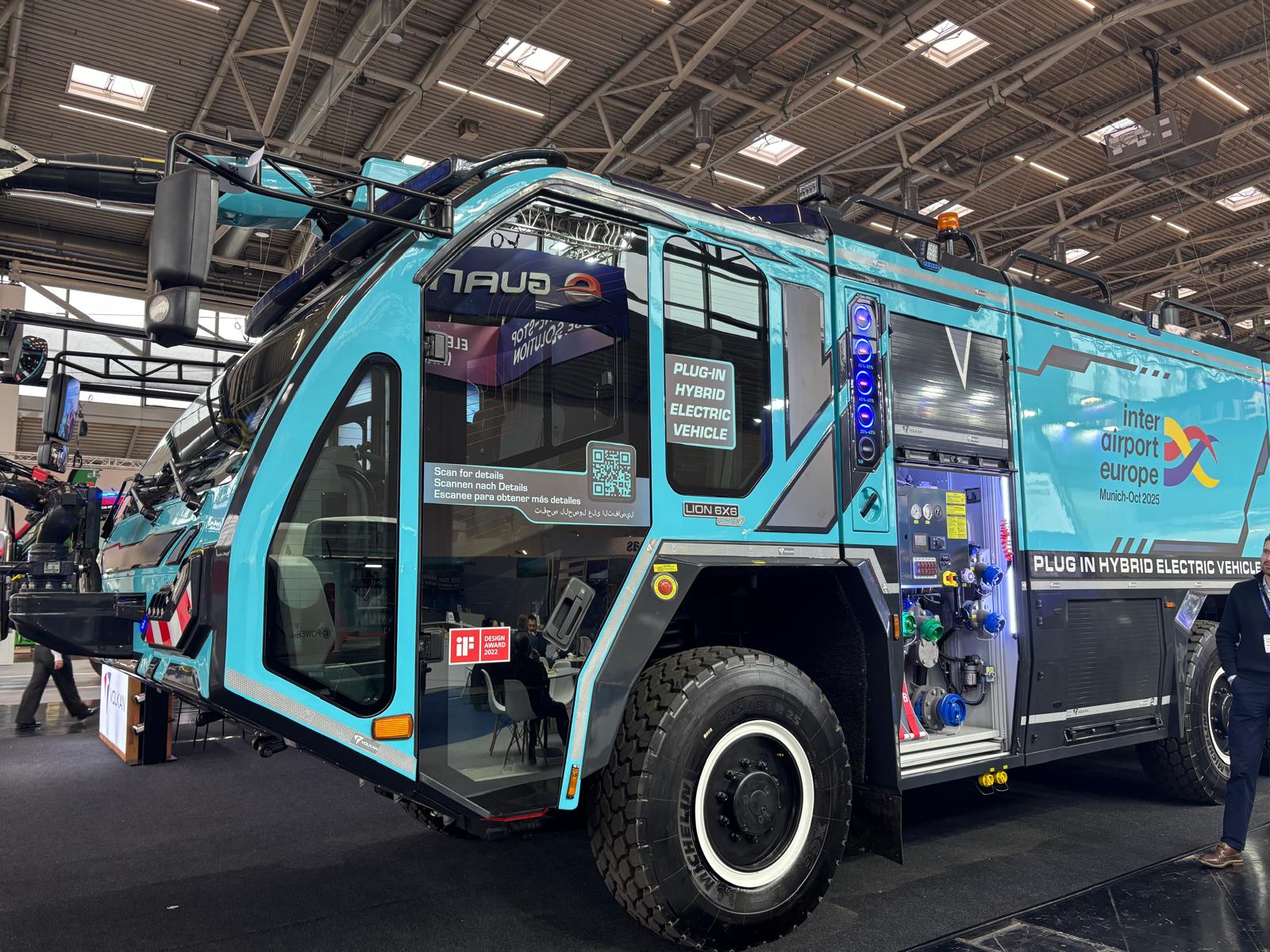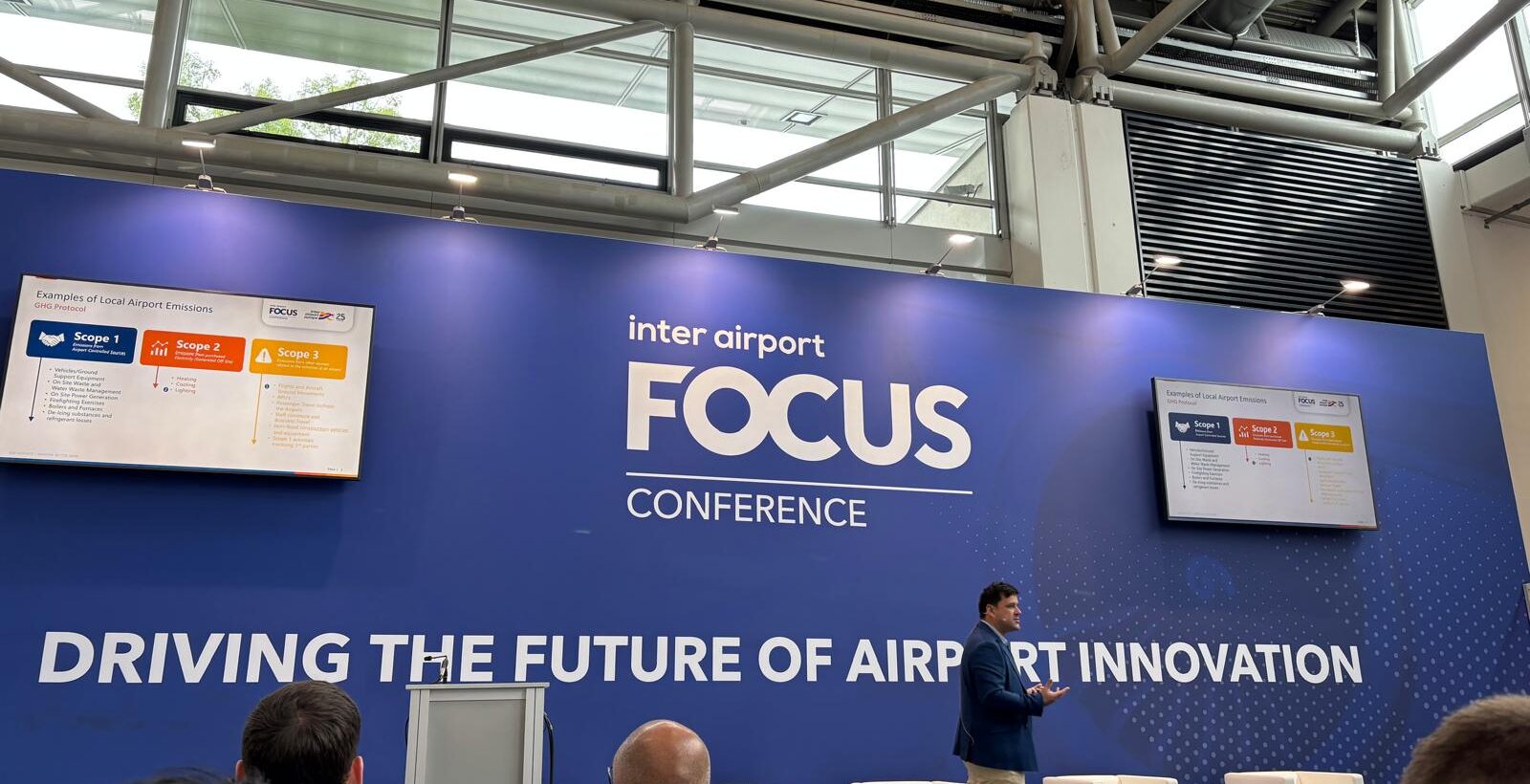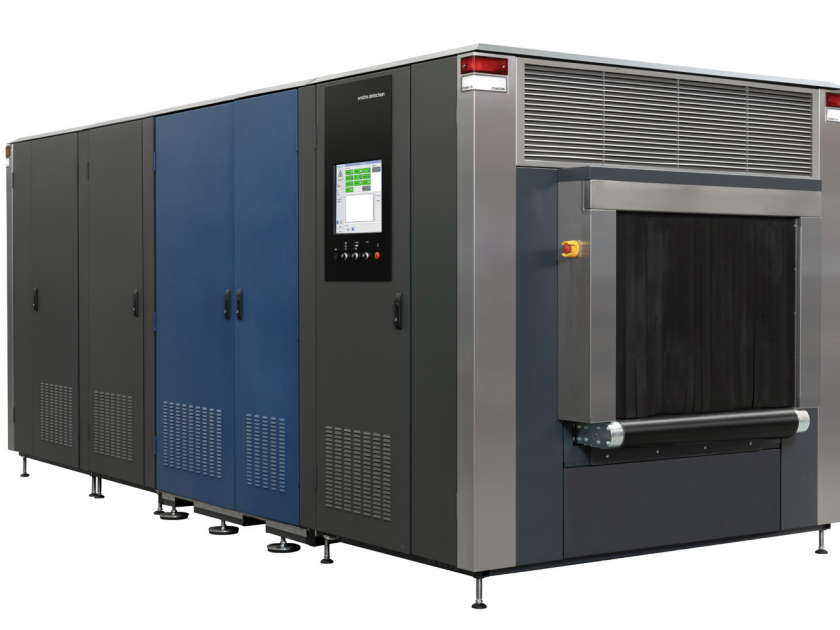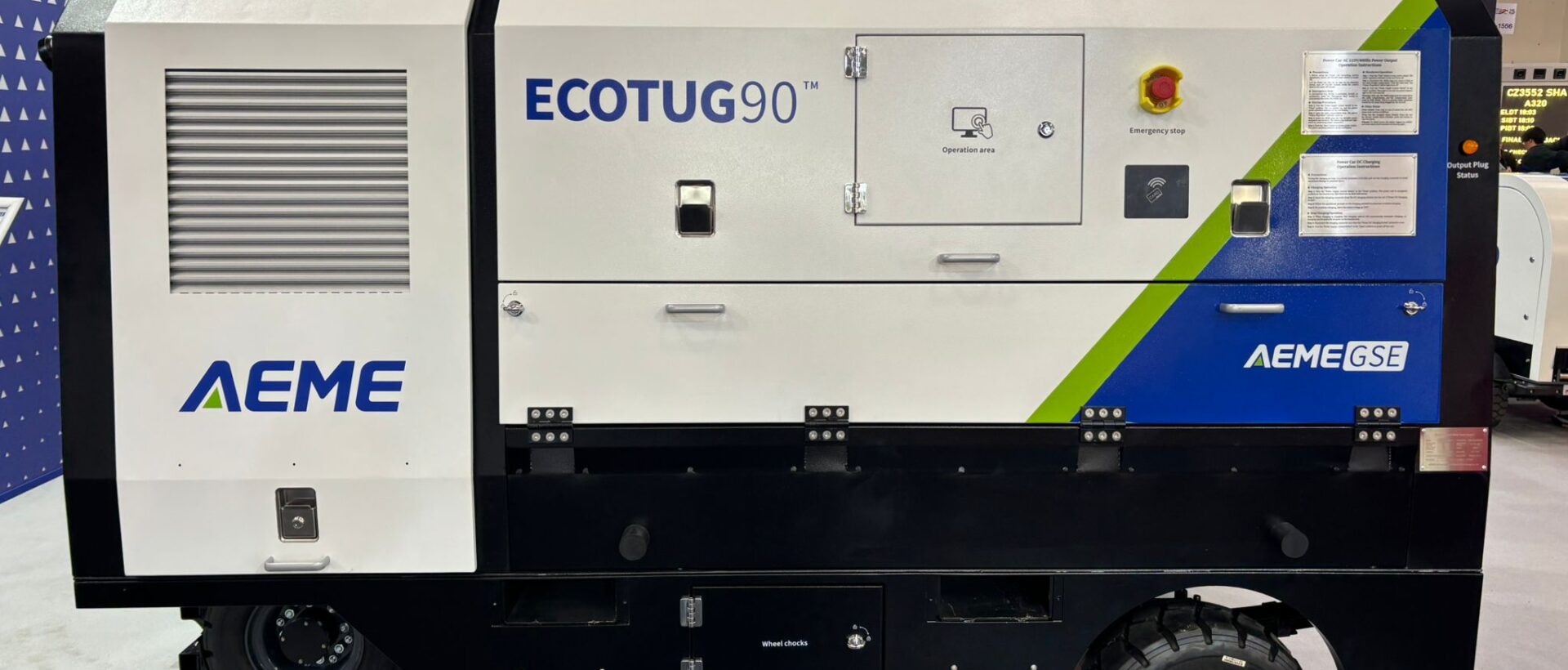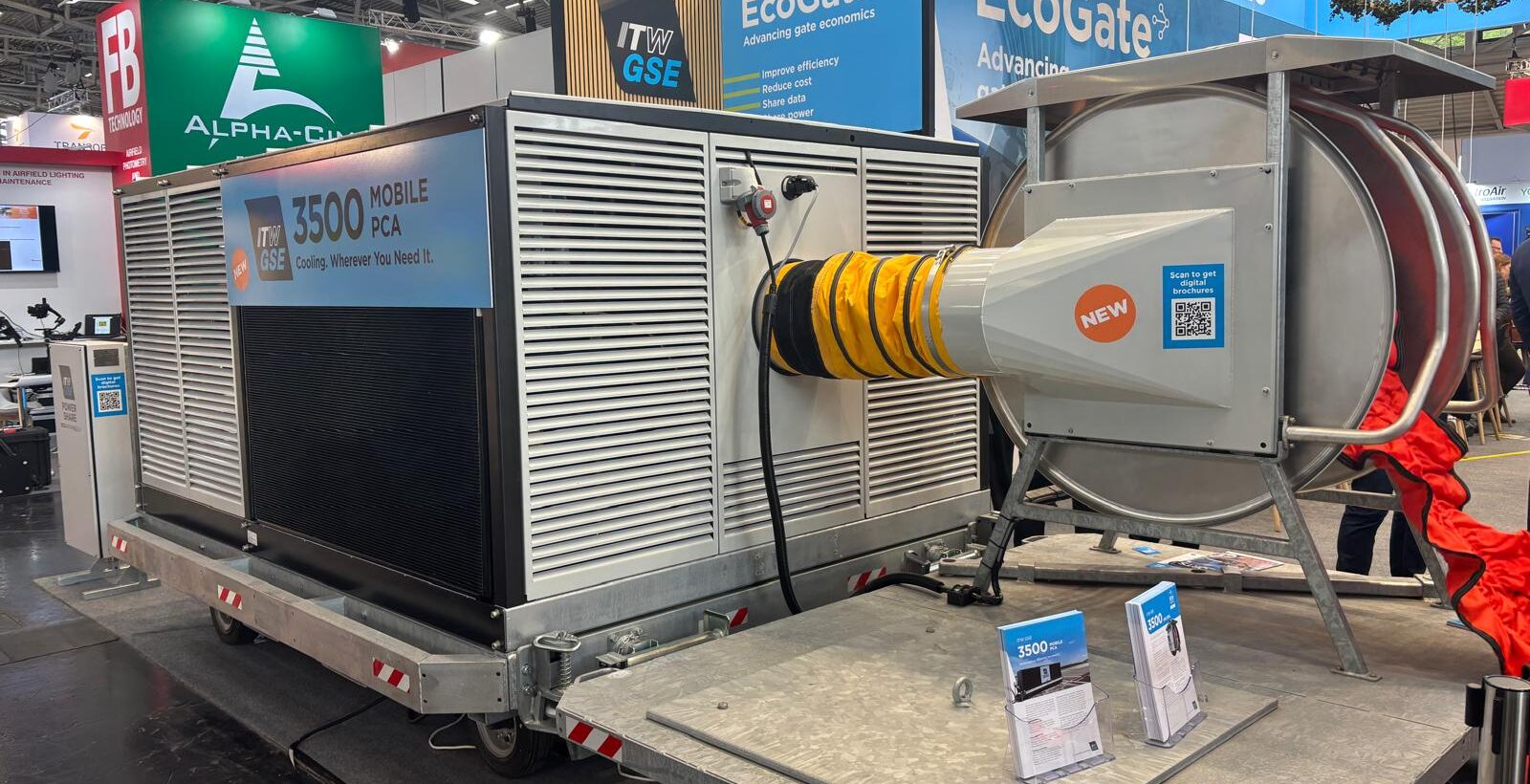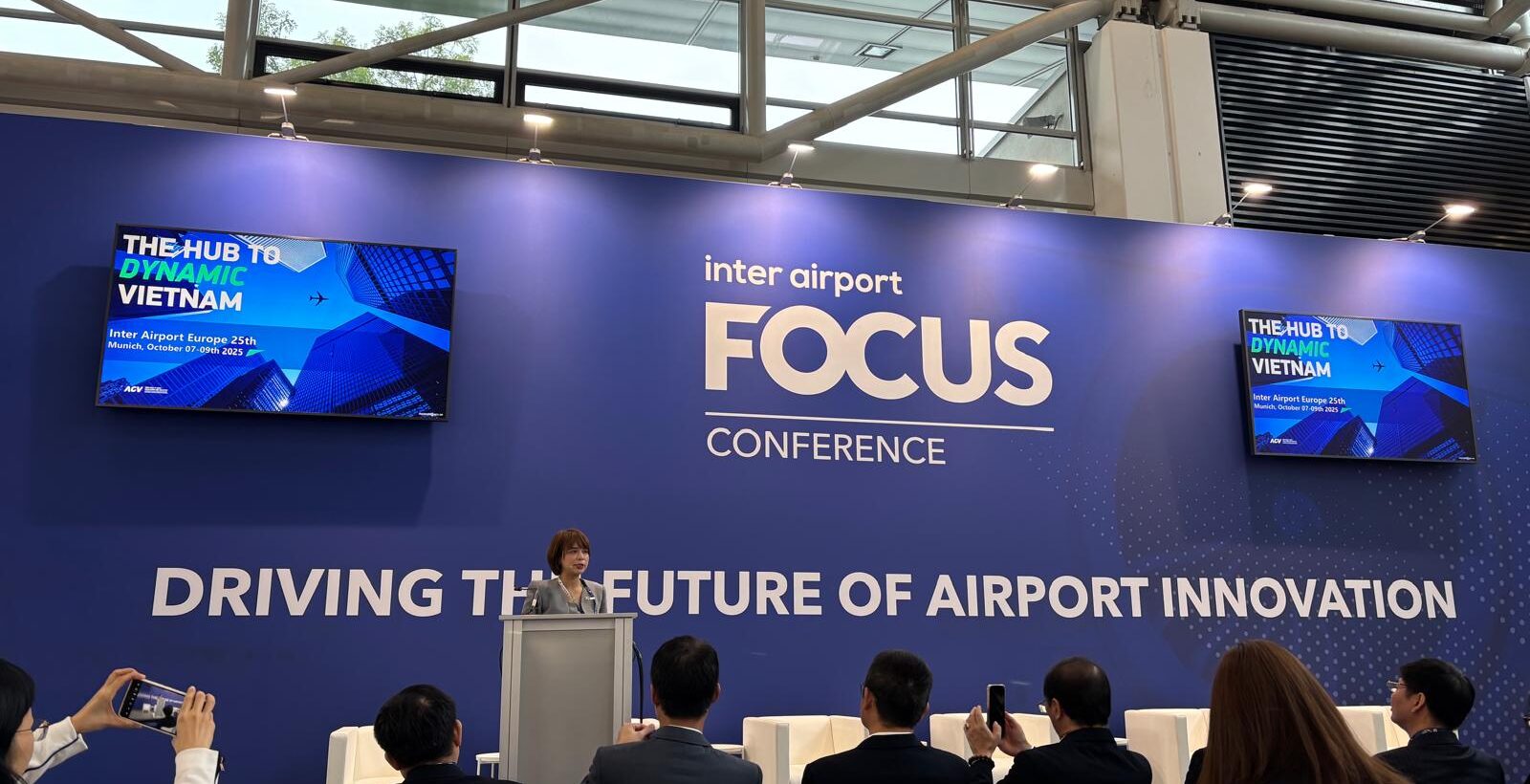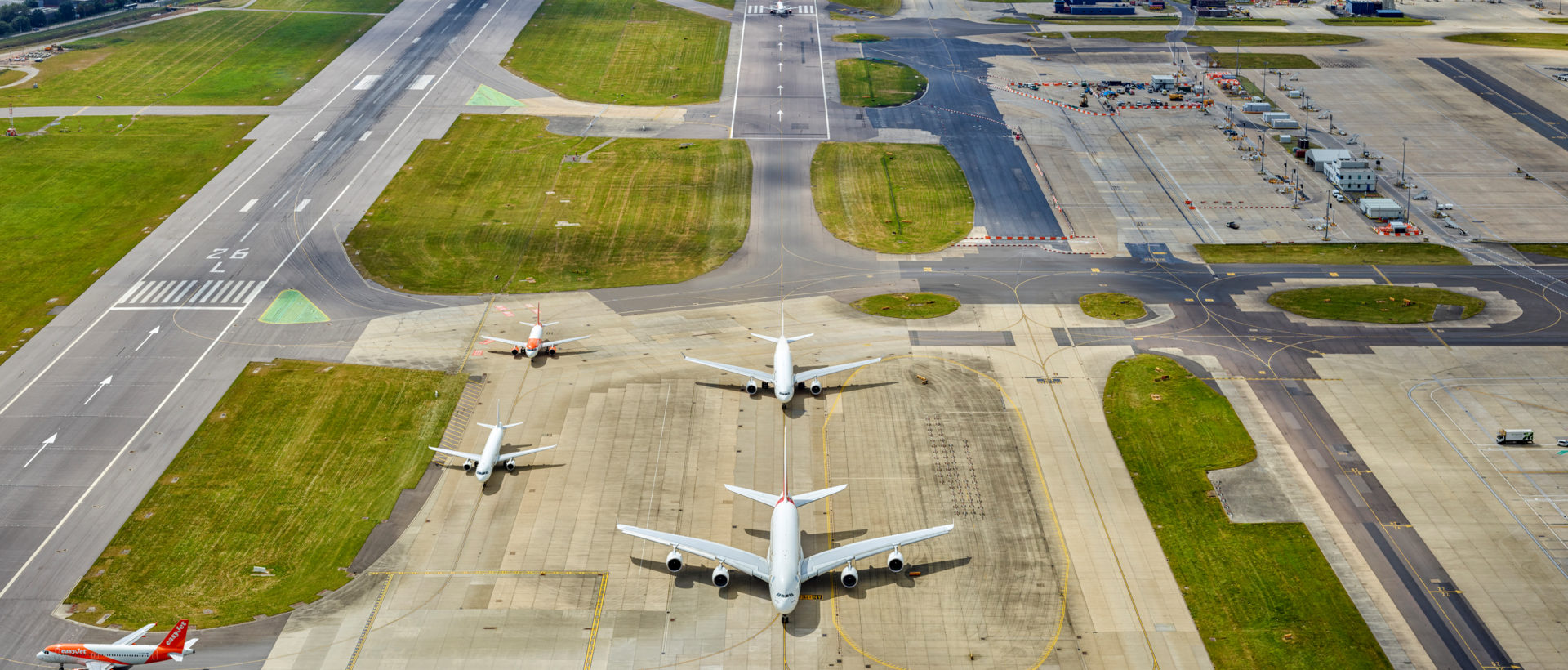At inter airport Europe 2025; Yuli Grig, Commercial Director at Midstream Lighting discussed seven points that every airport should take into consideration when the time comes to update their apron lighting.
In such a vital field, suggestions ranged from methods of implementation, the importance of prior research and just how bespoke apron lighting can really be.
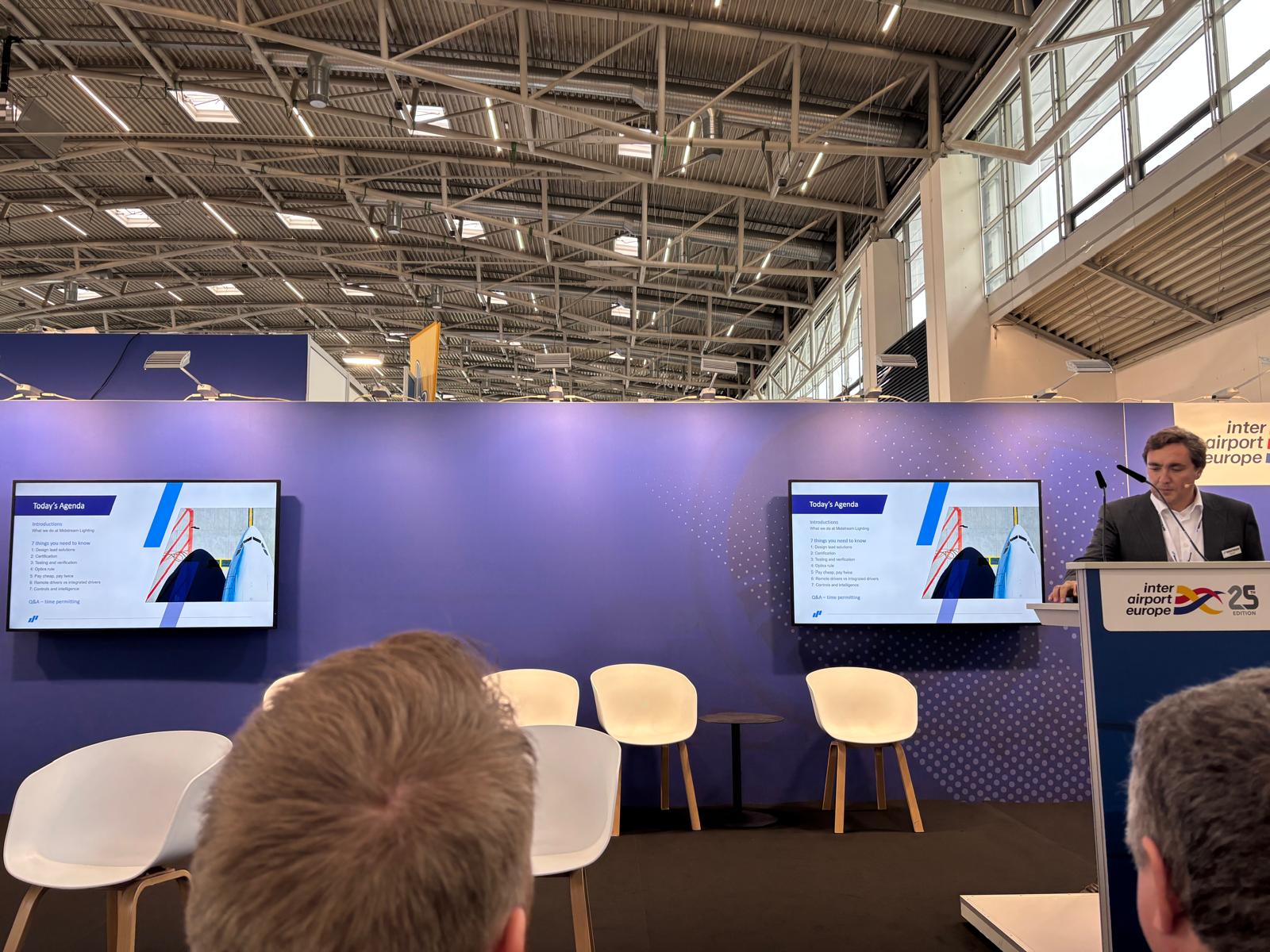
Launching into his first point; Yuli highlighted the importance of design-led solutions, stressing that AGLs serve as a key piece of airport infrastructure and, as such, cannot utilise a ‘one size fits all’ approach. Bespoke designs are crucial to the success of any AGL system, and with each product differing in photometry, lumens, efficacy and overall performance over time, the right choice can make a monumental difference.
Moving on, Yuli brought to the fore the difference that can be made by utilising references when choosing a new lighting system. Whilst certification is important, many projects submitted during the tender stage can be theoretical. Real-world, lived experience can often prove far more important and provide insight into any potential quirks, warning signs or difficulties. Many projects submitted during the tender stage can be theoretical,
Thirdly, it is stressed that airports hold total responsibility for both the testing and verification of their lighting systems. With many airports simply not verifying their systems against proper country-wide standards; cracks can appear much faster than anyone might assume. Giving two examples; Yuli mentioned difficulties at Frankfurt Airport, which saw a 15-20% reduction in lumen output over the course of 9 months, as well as Istanbul airport, which saw 8 in 10 of their AGLs fail within the same time frame.
When it comes to optics; Yuli led his next point with mention of what he refers to as an airport’s greatest enemy: glare. Asymmetric lighting options offer a significant reduction in glare, as well as full cut-off above the horizontal plane. They provide a lower luminous intensity (cd/klm) peak as it spreads light over a larger angle, as well as avoid light pollution.
Then comes the age old adage: Buy Cheap, Buy Twice and, of course, nowhere is this more true than within airport infrastructure. With such a crucial task, apron lighting fixtures simply cannot afford to fail, and opting for a low-cost solution may leave operators with extended downtime, delays and cancellations. Paying a premium may, at first, seem like a hefty investment, but as with many things in life, the investment is sure to pay off, according to Yuli.
Moving onto the penultimate point; Yuli discusses the differences between both Remote and Integrated Drivers. As Yuli points out, different markets have different preferences: The UK, Italy and Germany, for example, all favour integrated solutions, whereas France and the USA opt for remote drivers. These preferences are typically influenced by maintenance cycles, and as Grig notes, habits can be extremely hard to break. Calls must be made for manufacturers to adapt to a modern solution, which will save time, energy and maintenance.
Finally, Yuli took a deep dive into the importance of both controls & intelligence. With controls and IoT systems now in favour; questions will now continue to arise in relation to ownership, trainers and how often the system is utilised. Who is responsible when something goes wrong? These are all aspects of ownership and maintenance that must be addressed during every step of the way, during research, purchase, installation and long-after operations begin.
Ultimately, airports face a myriad of challenges when it comes to choosing how to light their aprons, and such difficulties can create scenarios in which the right choice might not always be the first solution to appear. It is clear to see, then, that careful consideration, patience and research are the key to picking the right answer to the question that is comprehensive apron lighting.


